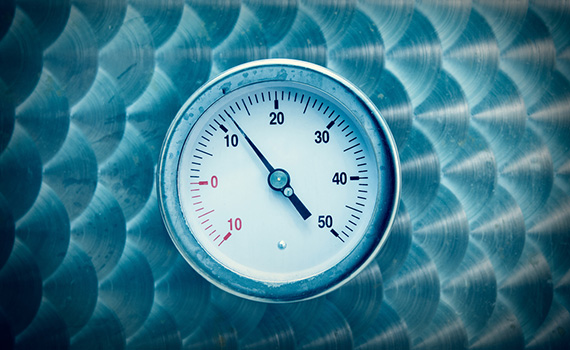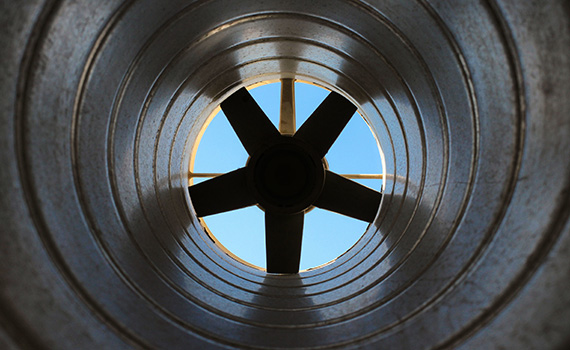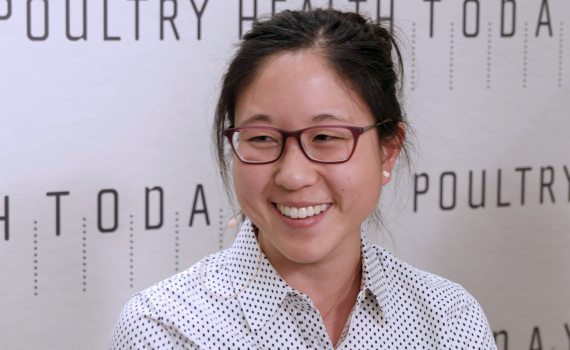Temperature and humidity key to healthy climate control

Understanding temperature and humidity is key to ensuring climate control systems are as effective as they can be in helping to produce healthy birds.
Poultry consultant Ken Marshall said good climate control helps boost bird immunity and lower stress, which in turn reduces mortality and the risk of disease in flocks.
In an article published by Poultry World, he said getting it right involves a deeper knowledge of the environmental requirements of birds at every stage of their life.
To achieve the optimum conditions, Marshall said settings on the climate computer need to be adjusted for every site, as every geographical area can differ depending on location, altitude and differences in climate.
Minimum ventilation should be calculated for every house, while fan speeds should be altered to ensure house temperature and humidity are at the correct level.
“As a general rule, initial house temperature should be 32°C and relative humidity of 65% to 70%,” he said.
“Often forgotten, is the floor temperature in the brooding area and before placing the chicks it should be 32°C.”
If temperatures are below this, chick oxygen demand will increase, which if left unchecked over a few days will lead to dehydration and death.
To create the optimal climate for broiler chick growth, Marshall said knowledge of mean chick weight, age and breed all help with setting up the correct conditions.
“Some breeds are quicker feathering than others, with the slow feathering chicks requiring a higher initial temperature for the first seven to twelve days,” he said.
Understanding the chicks’ thermal neutral zone (TNZ— where temperature loss is equal to a bird’s heat production — will also help when setting the temperature and humidity at specific stages of birds’ lives.
TNZs change every day, and while some systems accommodate for the changes, not all of them can, so producers should know the answers themselves, he added.
Posted on February 14, 2017
 We’re glad you’re enjoying
We’re glad you’re enjoying








